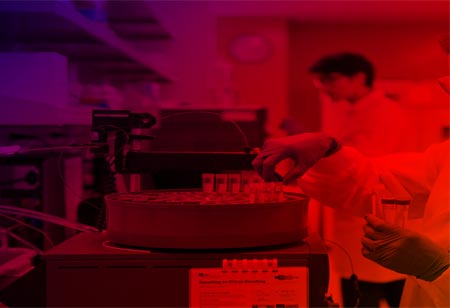Each phase of the petrochemical industry structure plays a major role in giving the world everyday petrochemical products.
Fremont, CA: Petrochemical industry mainly comprises synthetic fiber/yarn, polymers, Synthetic Rubber (elastomers), Synthetic detergent intermediates, performance plastics, and the plastic processing industry.
What is Upstream?
The upstream market phase in the petrochemical industry indicates the exploration and production of natural gas and crude oil. It's the first method in the industry to focus on finding economically workable sources of petroleum products.
Exploratory drilling is most commonly connected with the upstream process of the petrochemical sector. This is when corporations drill into the earth to situate underwater and underground natural gas and crude oil sources. If the exploratory drilling finds practicable fields, the natural gas and oil are extorted and pulled to the surface to be restored.
Exploratory drilling is executed both onshore and offshore and is generally coupled with geological and geophysical surveys to support companies in better figuring out viable sources.
What is Midstream?
Once petroleum products are restored in the upstream sector, they move into the midstream area of the petrochemical industry. The midstream sector concentrates on transporting and storing natural gas and crude oils.
Companies will assemble recovered petroleum products and store them until they can be transported. When they can be shifted, natural gas and crude oil are generally transported through pipelines, tanker trucks, and rail lines to the ultimate market phase of the petrochemical industry.
Also, the midstream method incorporates elements from both upstream and downstream sectors. For illustration, some companies in the midstream sectors will also generate and purify other sources of petroleum products like natural gas liquids.
What is Downstream?
The last market stage of the petrochemical industry is downstream. Processes for this area are devoted to converting natural gas and oil into commercial petroleum products. The downstream process has numerous parts, comprising distributing and selling petroleum products.
Nevertheless, the most significant part of the downstream market phase is refining, processing, and purifying crude oil and natural gas. When crude oil and natural gas arrive at refineries, they become the petroleum products we use daily. They incorporate gasoline, diesel oil, lubricants, kerosene, waxes, and liquefied petroleum gas.
The downstream phase of the petrochemical industry incorporates hydro desulphurization as well. This method removes toxic hydrogen sulfide from crude oil and raw natural gas. Once extracted, the hydrogen sulfide is converted into elemental sulfur or sulfuric acid.
Each phase of the petrochemical industry structure plays a major role in giving the world everyday petrochemical products.

